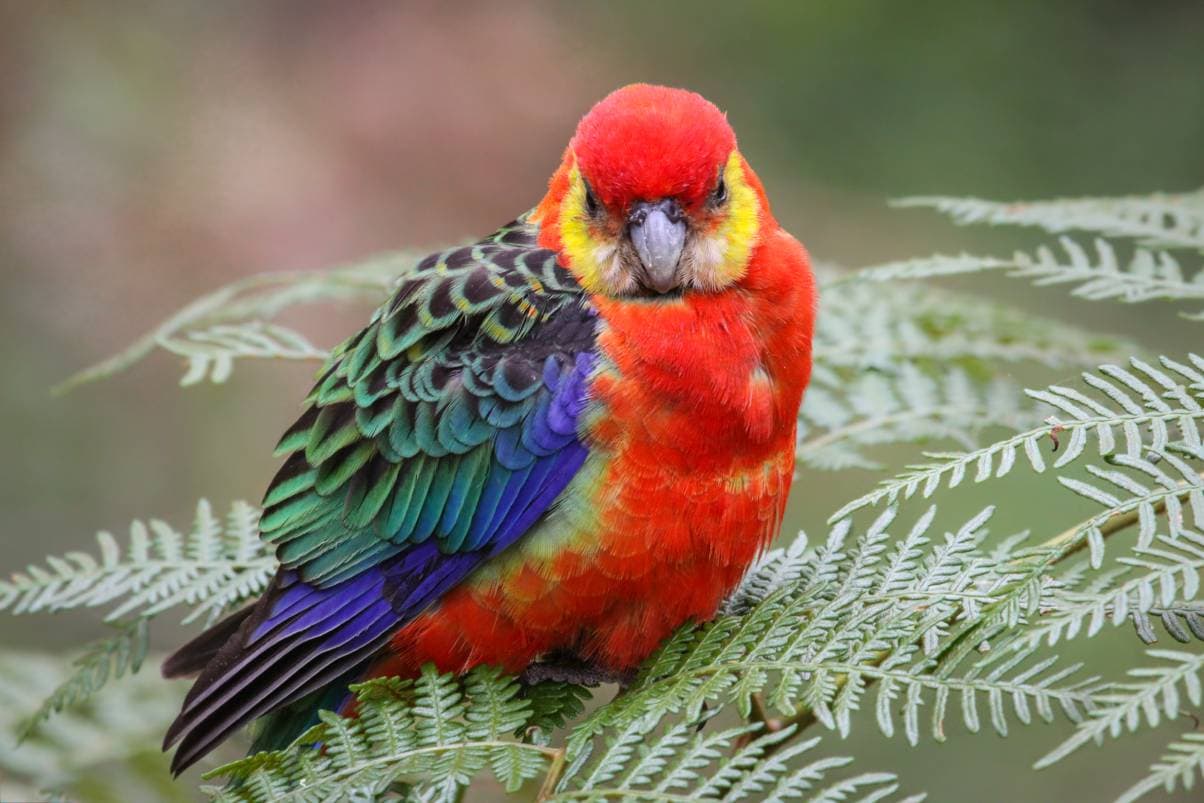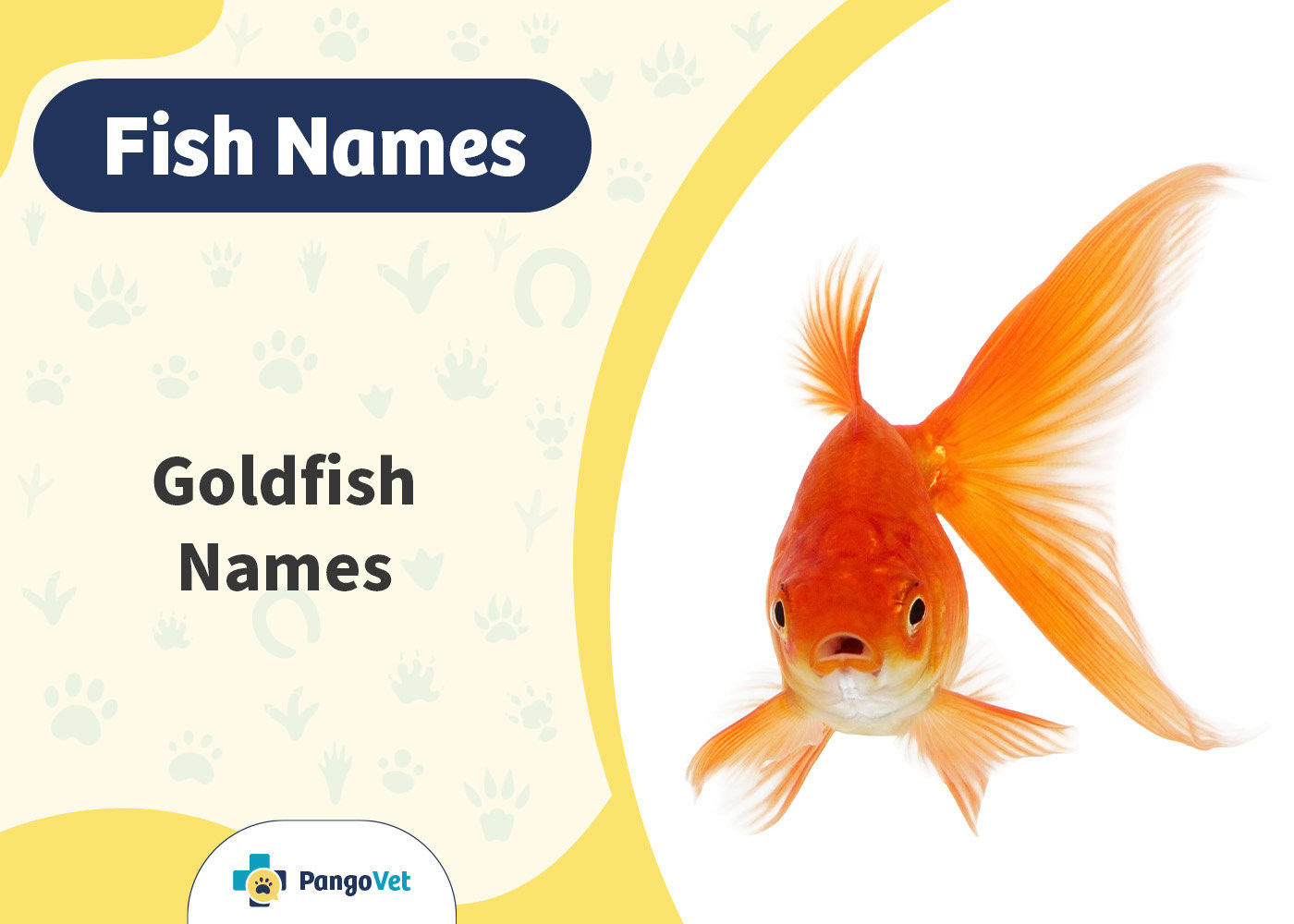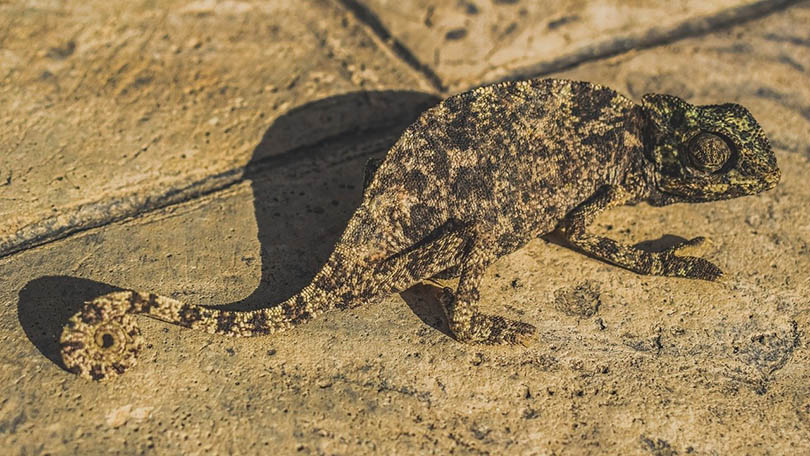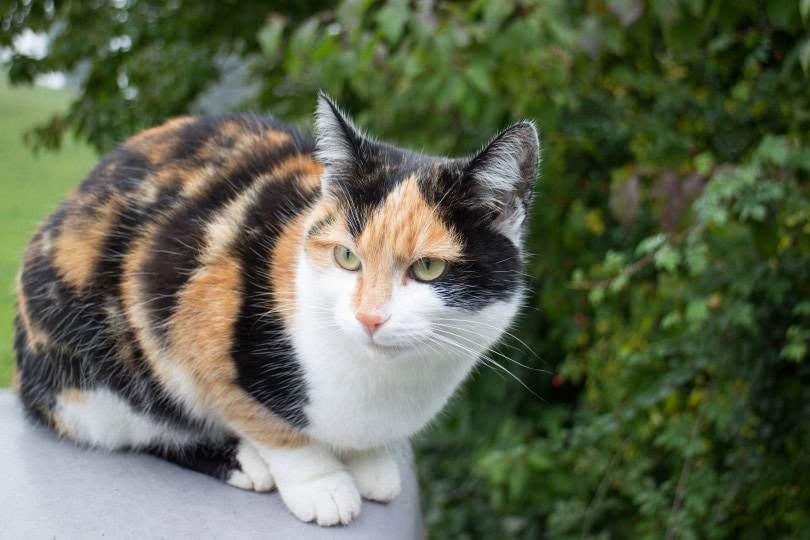Click to Skip Ahead
With their striking red and blue coloration, it is no wonder that Rosella birds are highly sought-after pets. They can be kept in an aviary with other birds of their kind, but they aren’t friendly with people.
However, they’re ideal for owners not interested in having an overly attached bird. They can live up to 30 years, so they are not a minor commitment. There are six species and nineteen subspecies of the Rosella birds, though only a few are widely available. In this article, we’ll discuss the six best Rosella birds to have as pets.

The 6 Rosella Birds That Make Great Pets
1. Western Rosella
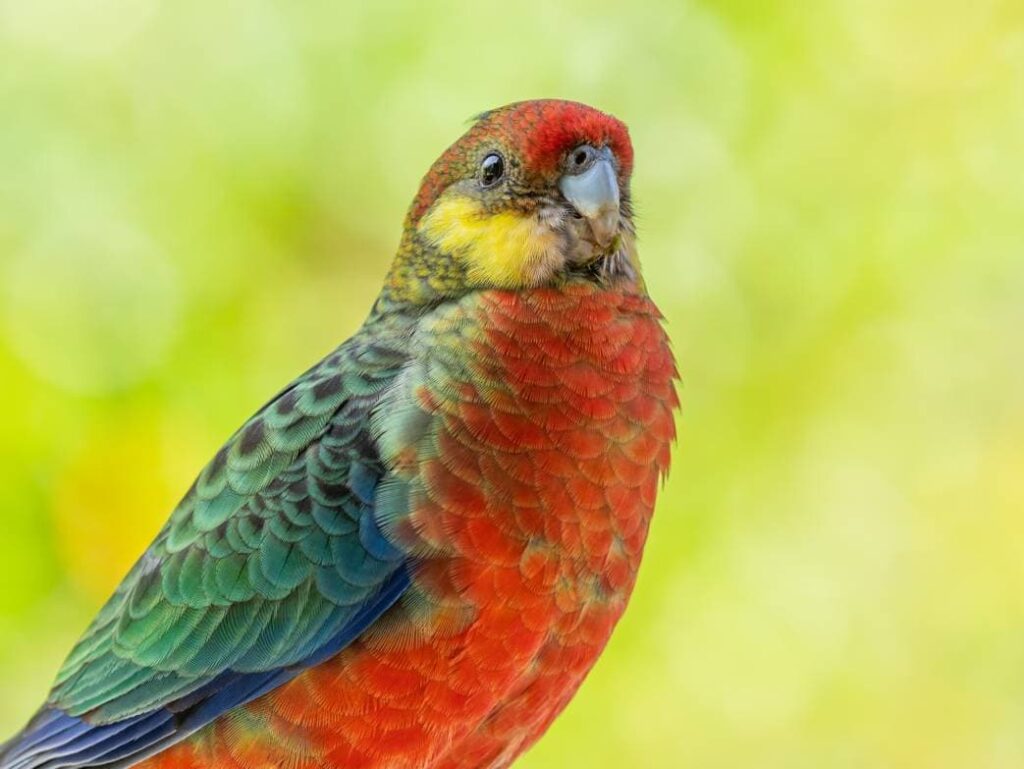
Western Rosellas are native to Western Australia and have a unique and varied coloration. Their head and underparts are bright red, and they have yellow patches on their cheeks that help them stand out from other Rosellas.
Males and females look quite different. Males have brighter colors than females, who tend to be primarily green without the bright red coloration. Juveniles also lack a distinctive coloration. Western Rosellas are prevalent in Australia, where they are commonly seen in aviaries and zoological gardens. They are friendlier than other Rosellas and much quieter. Their pink-pink vocalization is much less intrusive than others.
They’re ideal if you’re looking for a bird that doesn’t wake you up at 5 AM chattering. The Western Rosella breeds quickly in the wild, and males and females can mate during the first year. They have been in captivity since the 19th century, overseas and in Australia. A captive confirmation was developed, and most captive birds are similar to those in the wild.
Most captive bloodlines have been in captivity for a while. Therefore, they differ from their wild cousins.
2. Crimson Rosella
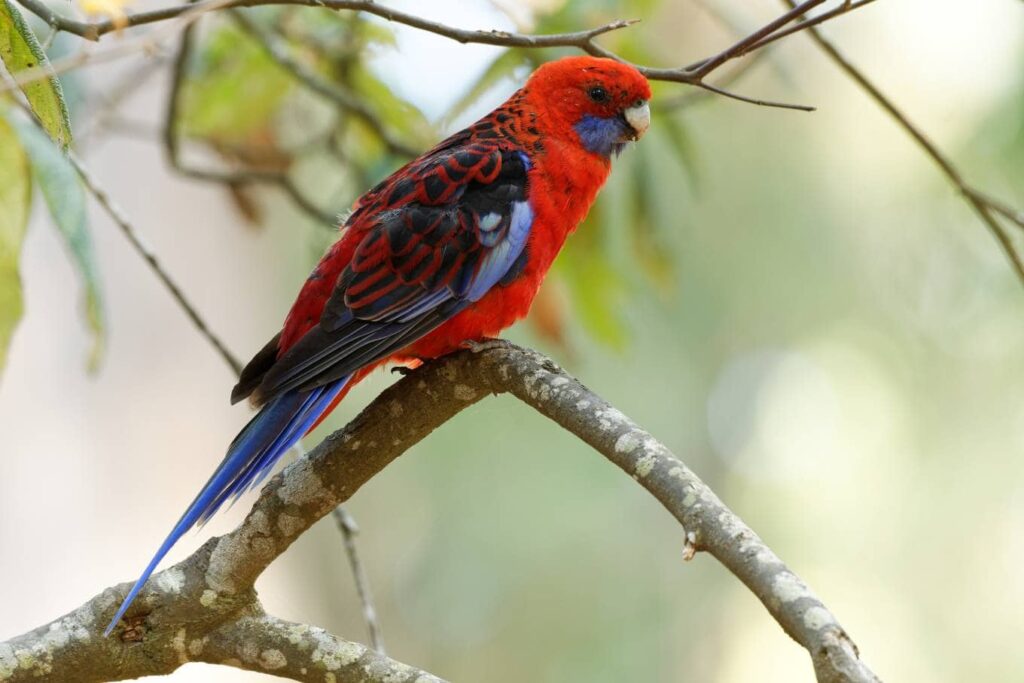
The Crimson Rosella is one of the most popular Rosellas. If you find a Rosella in captivity, it is probably a Crimson Rosella. They are native to southeastern Australia. However, they have also been introduced to New Zealand and Norfolk Island, where they are commonly found in the wild. Usually, their native habitat consists of gardens and mountain forests. However, they’re very adaptable birds. If forced to, they can live just about anywhere.
Their striking blue and red feathers are stunning and undoubtedly helped them become more popular than other Rosellas. However, they’re noisy birds that don’t make good pets if you live in an apartment with close neighbors. In the wild, they’re nosiest when they’re foraging.
Crimson Rosellas congregate in pairs or small groups; juveniles can form bigger groups of up to 20 individuals. They are monogamous and usually spend much of their time with their mate during the breeding season.
3. Green Rosella
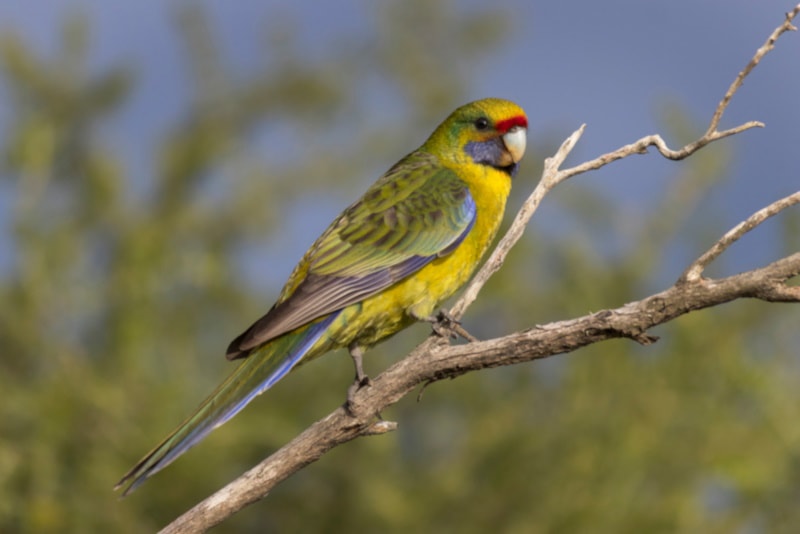
Green Rosellas are the largest species of Rosella and can grow up to 14.5 inches long. They’re almost entirely green but have red bands above their beak and violet cheeks. They aren’t as bright as other Rosella but still beautiful. Both males and females have similar plumage. The females are slightly duller than the males but have brighter red markings. Juveniles are mostly all green.
If you’re looking for this species, you may be searching for a while since Green Rosellas aren’t as common as the others. Their subdued colors likely have a significant effect on their small following.
The Green Rosella is prone to weight gain, which can lead to several health problems, including obesity. They also need a large aviary and plenty of exercise. It is difficult for most bird owners to install a 15-foot aviary, which may also contribute to their lower popularity.
4. Pale-Head Rosella
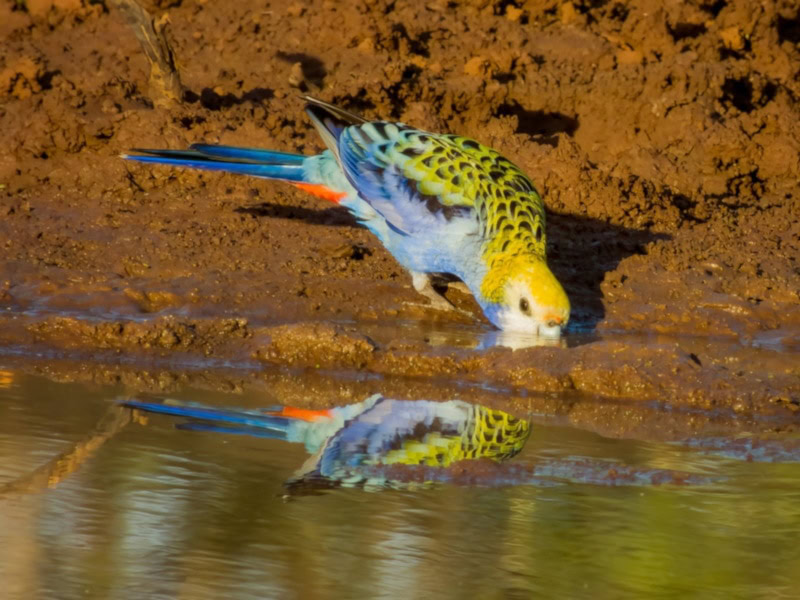
While not as striking as other Rosellas, the Pale-Head Rosella is beautiful in a unique way. They have a pastel-blue body with a bright, light-green head. Their cheeks are primarily white, hence the name “pale-head.”
They live in open woodlands, where they can easily find seeds and fruits. Pale-Heads build nests in the hollows of large trees, and some even construct them underneath the trees. They are hardy birds that can adapt to living in captivity easily but can also be aggressive. Unlike other species of Rosella, they cannot live with other birds.
They usually aren’t bred in captivity. Some are, but it is pretty rare to find a captive-bred bird.
5. Eastern Rosella
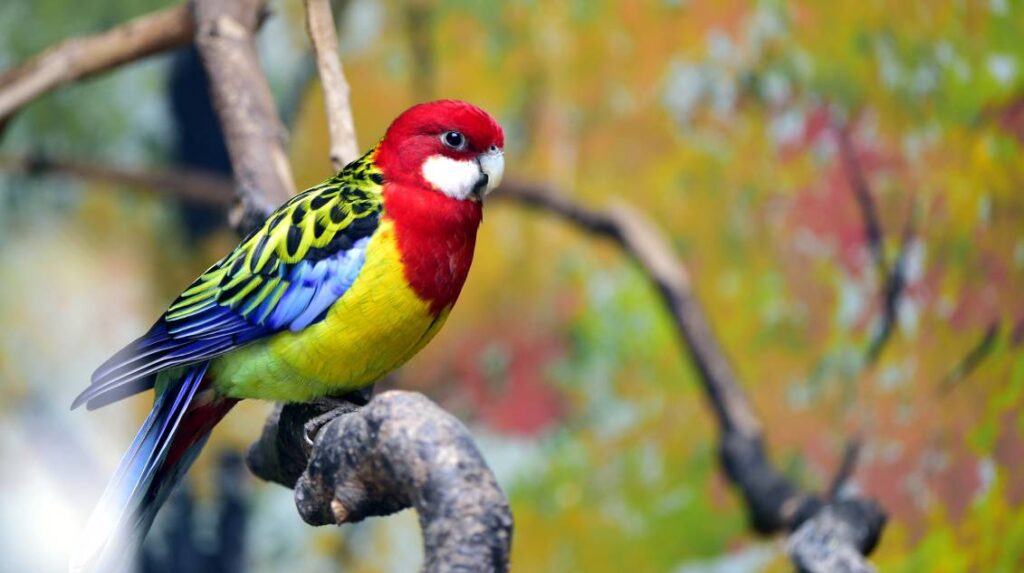
One of the most colorful birds, the Eastern Rosella is decorated with almost every hue. Their head is bright red with white cheeks, their underside is yellow, and their flight feathers are blue. Their tail is a greenish-blue color.
There are three sub-species with slight coloration differences between them. For instance, the P. e. diemenensis has larger white cheek patches and a darker head. Eastern Rosellas make good pets when hand-raised. However, they need regular handling or can become “wild” again and unfriendly to humans.
We recommend adopting your bird from a breeder. Otherwise, they may not be handled enough. Preferably, you want taming to go as efficiently as possible, which often requires that the bird is already used to handling.
Even when tamed, the Eastern Rosella isn’t as friendly as other species. They are known to be nippy and unaccepting of human company.
6. Northern Rosella
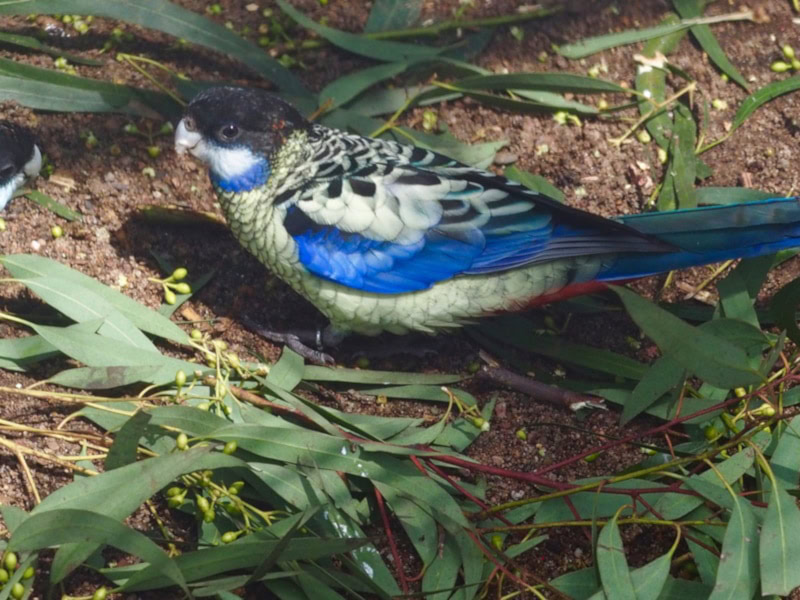
Out of all the Rosella species we’ve discussed, the Northern Rosella is unique and has more white and cream than other variations. Instead of the bright blues and reds of other Rosella avians, this bird is a bit more subdued. They have a dark head and neck with paler cheeks and a white body, though some blue and red markings appear on the wings. Both sexes look the same, though younger birds usually have duller colorations.
The Northern Rosella nests in tree hollows and primarily lives in woodlands and open savannahs. Like most Rosella, they are primarily herbivorous, living on grasses and seeds. They occasionally eat insects, but usually only when other food is not available.
The Northern Rosella is not nearly as common as other species in captivity. Their light colors are easy to miss compared to other Rosellas’ bright blues and crimsons. Breeding the Northern Rosella in captivity is complicated. Even in the northern hemisphere, they breed in the same months as they would in the southern hemisphere.
While the bird’s internal clock says it is the perfect time to breed, that isn’t the case when considering the weather outside. Many clutches laid early in the season don’t make it.

What Rosellas Can Live With Other Birds?
Some species can live with other birds, while others are too aggressive. Rosellas can be territorial and aggressive if housed with several others. They don’t do well with others in their space, especially after puberty. They are not the friendliest birds. Most species only flock together during their younger years or outside of mating season. Most do not like being around other birds when they are mating.
In captivity, this behavior can be challenging to replicate. You’d need to remove all other birds during mating season, which can be difficult. Unless you have extra cages, it can be challenging to care for Rosellas and other species in one location.
Of course, the personality of the bird matters as well. Some are perfectly fine with other birds. Many Crimson Rosellas are less aggressive, for instance. However, some birds are pretty aggressive. Unless you want them plucking one of your other feathered friends, it may be best to keep them separate.
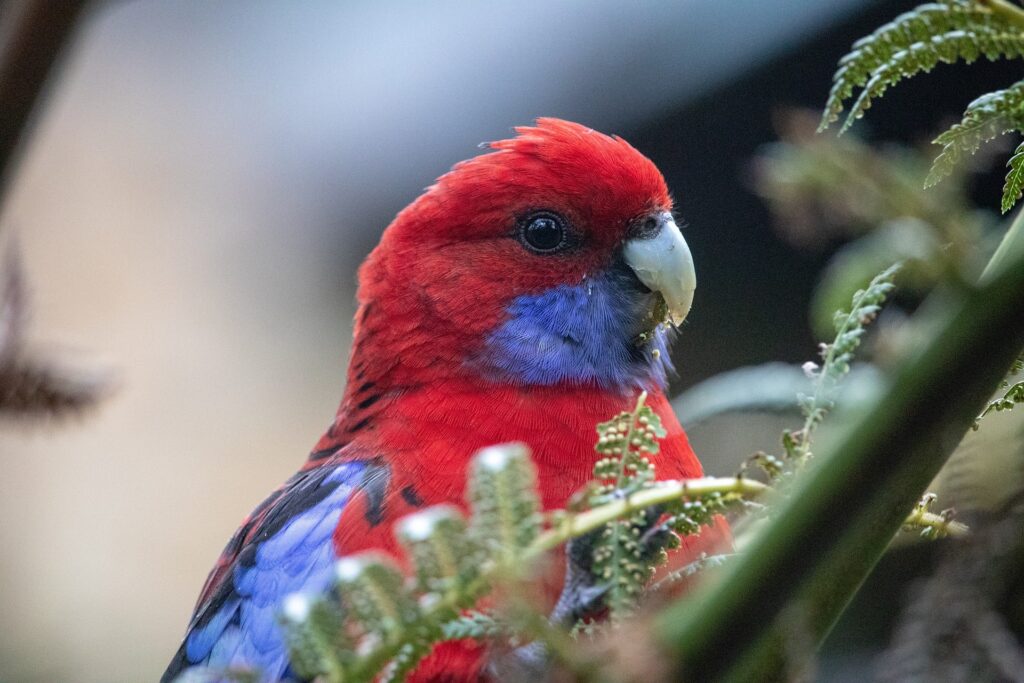
Do Rosellas Make Good Pets?
Most Rosella species act very similarly. Some are a bit less tamable than others. But, overall, they have the same general temperament and aren’t as friendly as most other pet birds. Many are only somewhat sociable. They require regular handling to remain tame. Otherwise, they may refuse to be handled.
Many people love their charismatic sounds and beautiful colorations, however. They will never be great at being handled, but they can make excellent companions for those who don’t mind caring for independent pets. Plus, Rosellas are hardy and adaptable in captivity, and they are suitable for new owners.

Final Thoughts
Rosellas are best known for their beautiful colorations. Usually, the Crimson is what most people think of when this species comes to mind. Their bright red feathers are striking and sure to turn heads. The other species aren’t quite as striking as the Crimson, but that doesn’t mean they can’t make good pets.
Most of them have unique colors. Some are a bit more subtle, while others practically feature every color. If you’re looking for a colorful bird, a Rosella is an excellent choice. All six species look very different, and some have different behaviors as well. Some are loud, while others are quiet. Most are aggressive and territorial, but few get along with other birds.
Like any pet, we highly recommend doing your research before adopting any Rosella. They are beautiful, but they also come with a considerable commitment since Rosellas can live up to 30 years.
Featured Image Credit: Uwe Bergwitz, Shutterstock
